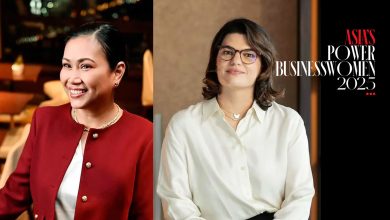MANILA – Armand Serrano, Senior Visual Development Artist for Disney and member of the powerhouse jury for the adobo Design Awards 2014 gave his lecture on his experiences as a visual developer for adobo Design Series 2014.
Serrano shared his thoughts on his past projects, which included 3D feature animation films such as Frozen, Surf’s Up, and Cloudy with a Chance of Meatballs. He explained that in feature animation, “there has to be a compelling story. Kids won’t watch the movie and say, hey, what a great background! Not, everything you make has to support the story.” Serrano explained the three things that required of every feature animation, namely a compelling storyline, appealing characters, and believable worlds. Serrano said that these three things are interdependent and should one be absent, the whole movie would fall apart.
“What is visual development? It’s a design evolution from constant idea to the final product,” Serrano said. He explained that there’s also a certain devolution when it comes to ideas, which “start out great but end up horrible. You have to start from the idea and develop it, stick to it.”
Serrano told the audience that there is a similarity in how people approach design. “You could be a storyboard artist, a director, a filmmaker or photographer, but everything you do has to be designed.” He then shared with the young designers the Silver Philosophy, an approach Serrano developed which he credited to Stephen Silver, who developed characters for shows like Kim Possible and Danny Phantom.
The philosophy states that when interpreting design, we look not at the technique but at the underlying idea underneath. “That’s why it’s so hard to teach design,” Serrano lamented. “There’s just so many things that you can’t put into words.” The ideas in every artwork, as Serrano said, are imbedded underneath the execution and technique. “When we want to emulate artwork, we’re so heavily focused on the technique that we don’t know that there’s an underlying design underneath. That’s why it’s hard to see that because it’s impossible to get into the mind of the artist himself.”
He advisedthe designers in the audience: “You can create any number of artworks you want and get hired for it. But the one thing that makes companies want to keep you is not just your technique but your ideas.”








